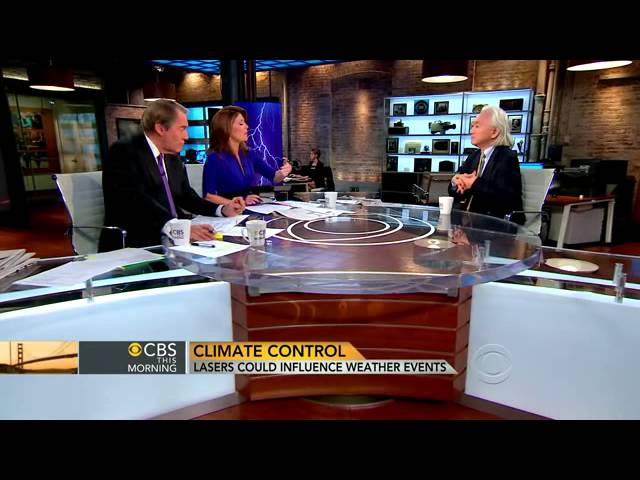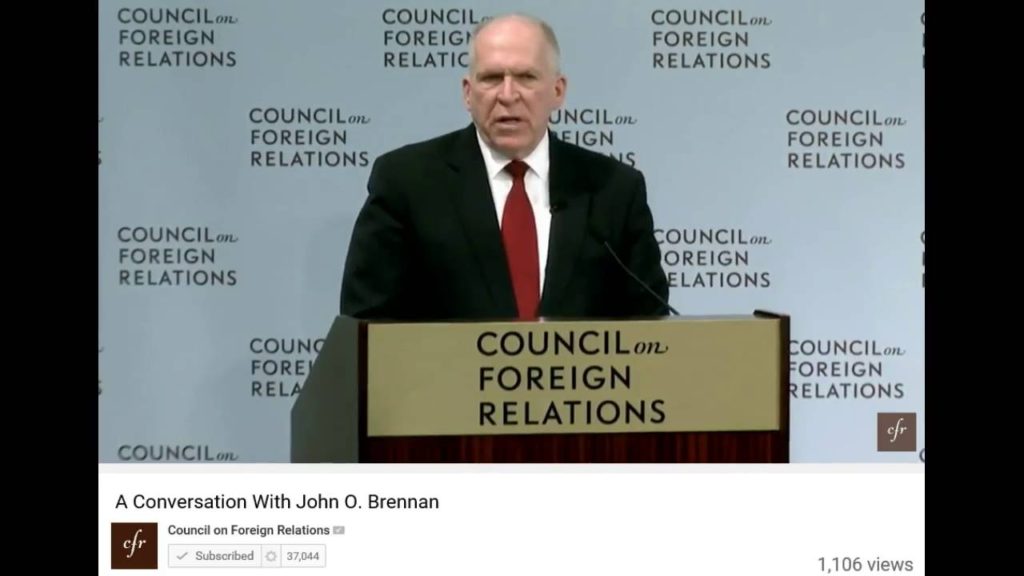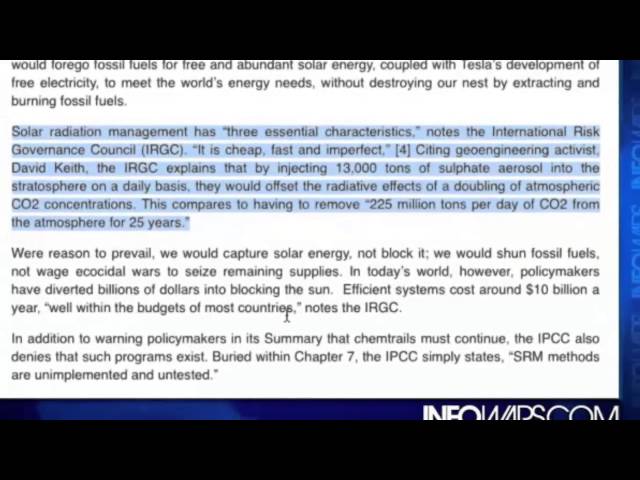Professor of Ocean Physics, and Head of the Polar Ocean Physics Group in the Department of Applied Mathematics and Theoretical Physics, University of Cambridge
University of Cambridge, International Summer Schools Geoengineering Debate:
“Is it time to think about engineering our climate?”
Transcript of Dr. Peter Wadhams of his statement in favor of the motion
Transcribed 2014/9/15 (creative commons copyright to transcription)
All Rights Reserved to Nick Breeze, Peter Wadhams, & Cambridge University.
“The reason for the motion, is that, I think, we really have no choice except to seriously consider the use of geo-engineering to cover the period that’s upon us quite soon, or is already upon us, whereby the rate of global warming due to carbon dioxide and methane being put into the atmosphere by man is becoming so rapid that it threatens to run away with itself, or to run away with us. So in other words, some famous person said, “What’s the choice?,” not a famous (person), but a famous phrase. Anyway. And the reason is that the carbon dioxide that we put into the atmosphere, which now exceeded 400 parts per million, is sufficient, if you don’t add any more, to actually raise global temperatures in the end by about four degrees.
And … the politicians, as an excuse for doing nothing, really, came up with this idea that two degrees warming is what we can tolerate if all things get rather bad. And they base that two degrees on some of the earlier work by the Intergovernmental Panel on Climate Change, and it implied that we could still produce and emit quit a lot of CO2 before we emitted enough to give us two degrees of warming, but more recent work on climate sensitivity of the planet to CO2, because CO2 itself is so long-lived in the atmosphere, it has hundreds of years of influence. This suggests that the warming has already reached 2 degrees. If we use a higher value for climate sensitivity, then we conclude that, in fact, this two degree limit was reached in the 1960s. So that the amount of CO2 we put into the atmosphere by then, if we stopped emitting and just let the climate gradually warm, it would warm by two degrees. So we haven’t got any carbon left to spend, we haven’t got a budget anymore, we past that budget some decades ago. So everything we emit now is taking us beyond that. And as we know, carbon dioxide is very long-lived in the atmosphere, it’s a ratchet effect. We put it into the atmosphere quite happily, immediately, instantly, by burning fossil fuels, but it takes several hundred years for a molecule of carbon dioxide to work its way out of the earth, atmosphere, ocean, biological system, and where it’s not doing any more damage, like the bottom of the ocean.
So, we can’t get back to a climate that’s not rapidly warming – we don’t just have to reduce them, we actually have to stop them, and we don’t even just have to stop them, we have to start taking carbon out of the atmosphere. So, while we get around to doing that, and we are getting around to it very very slowly because, at the moment there still now not even a sign of decreasing or reduction in the rate of carbon dioxide emissions, it’s still going up exponentially, there’s no sign it’s decreasing, whatever politicians say, it could be very difficult to reduce anyway because of the way fossil fuels are built into the structure of our societies, the structure of our cities – I mean what do you do with Los Angeles if you can’t burn fossil fuels and get about? What do you do about the shopping center around Cambridge? So, we can’t easily reduce our carbon emissions, and we aren’t even trying, and even if we did, it wouldn’t be enough, we’ve already got too much carbon dioxide in the atmosphere. So ultimately, we have to find ways to take carbon dioxide out of the atmosphere, and this is not strictly geo-engineering, but it’s another set of measures that will be needed in the long-run, techniques like putting sodium hydroxide trees, which is where you expose sodium hydroxide to the atmosphere and take carbon dioxide out. And alovine rocks which react with carbon dioxide where you can spread them around everywhere. Very very expensive methods, and really we don’t have a method that’s not impossibly expensive yet. So lots of research is need on taking carbon dioxide out of the atmosphere.
That’s a long way ahead, but we have to do it. So in the meantime there is a gap, there’s a period that we cannot tolerate the rate of warming that carbon dioxide has given us, but we have to try to reduce that rate of warming because of the way it’s leading to disappearance of arctic sea ice, disappearance of the Greenland ice sheet. (unable to include entire transcript here for lack of space…will add CC subtitles in English soon!)




